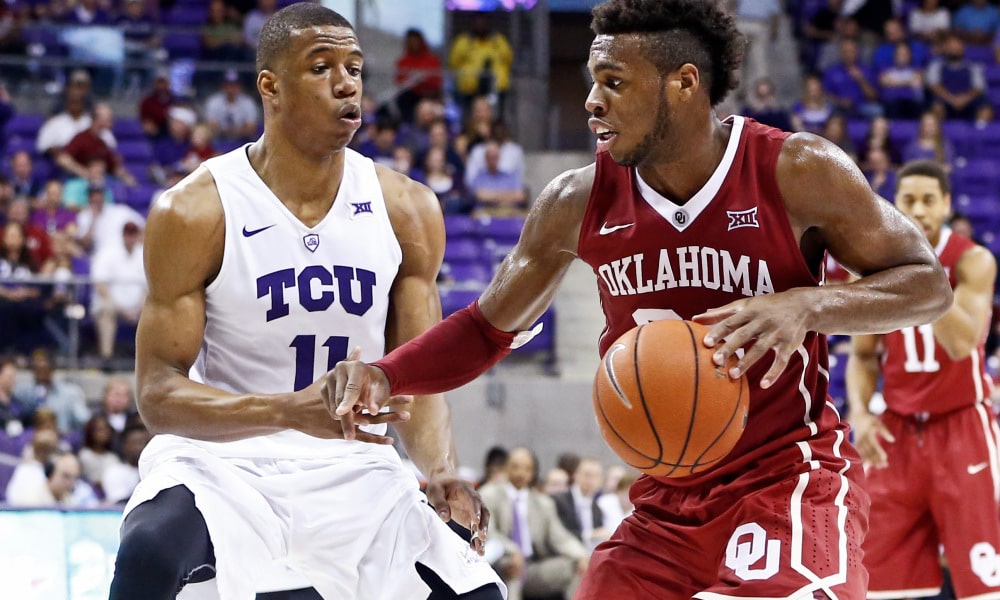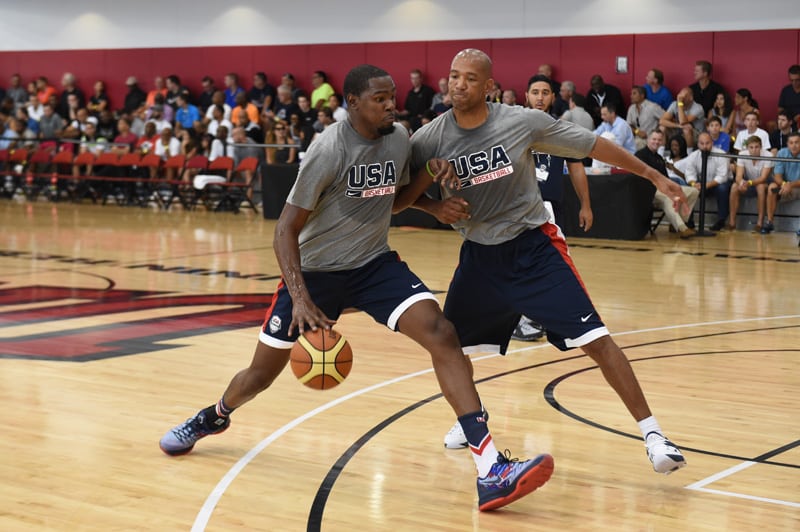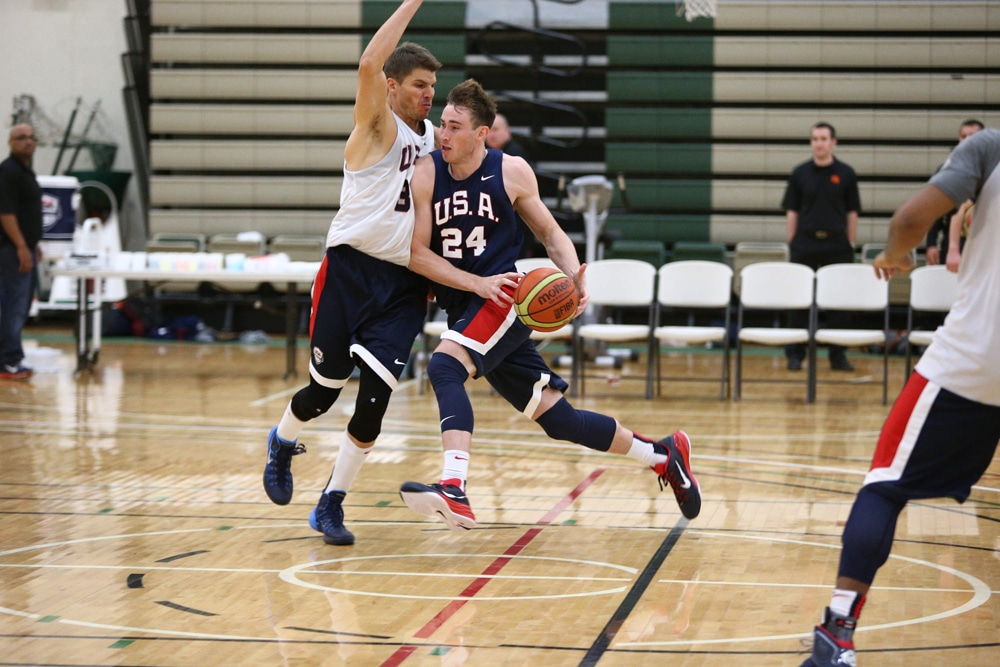
Teaching Effective Defensive Strategies for Different Matchups: How to Strategize on Defense
Effective defensive strategies are crucial for a successful basketball team, particularly when facing opponents with diverse styles of play. Tailoring your defensive approach to different matchups can provide a significant advantage, allowing your team to capitalize on opponents’ weaknesses while enhancing your own players’ skills.
This article will guide you through how to teach and implement defensive strategies that adapt to various opponents and situations.

1. Understand Opponent’s Offensive Style
Before devising defensive strategies, it’s essential to understand the offensive tendencies of your opponents. A well-rounded analysis can help you create a game plan that maximizes your team’s effectiveness on defense.
Analyze Offensive Strengths
Study the key strengths of your opponent’s offense. Identify their primary scorers, preferred plays, and scoring patterns. Knowing who their go-to players are and the types of shots they prefer will help you devise specific defensive strategies. For instance, if an opponent has a prolific three-point shooter, emphasize closing out on that player quickly and contesting their shots.
Identify Weaknesses
Equally important is recognizing the weaknesses in the opponent’s offense. Determine if they struggle against specific defensive schemes or if they are vulnerable to pressure defense. For example, if a team has difficulty handling traps, you might focus on employing a trapping defense. This analysis can be done through watching game film, analyzing statistics, and understanding their playbook.
Use Analytical Tools
Consider using analytical tools and software to compile data on your opponents. Websites can provide insights into offensive efficiencies and player statistics, enabling you to create a comprehensive defensive strategy tailored to each matchup.

2. Implement Man-to-Man Defense
Man-to-man defense is a versatile strategy that can be adapted to different matchups. It requires players to take ownership of their assignments while also being aware of the team’s overall defensive principles.
Matchup Basics
Teach your players the fundamentals of man-to-man defense. Each player should stay with their assigned opponent, contest shots, and provide help defense when necessary. Emphasize the importance of communication—players should call out screens, switches, and help assignments to maintain cohesion on the court.
Adjustments Based on Opponent’s Strengths
Adjust your man-to-man defense based on the opponent’s strengths. For example, if an opponent has a star player who tends to dominate, consider applying tighter pressure on that individual. Conversely, if the opposing team has multiple scoring threats, focus on switching on screens and ensuring that help defense is readily available.
Use Film Sessions for Teaching
Utilize film sessions to illustrate successful man-to-man defensive principles. Show clips of both your team’s successful defensive plays and those of professional teams. Discuss what worked, what didn’t, and how players can implement these techniques during games.
3. Utilize Zone Defense
Zone defense can be particularly effective against specific offensive schemes and matchups. It allows teams to cover areas of the court rather than individual players, which can be beneficial when facing certain offensive threats.
Zone Basics
Introduce different zone formations, such as 2-3, 3-2, or 1-3-1 zones. Teach players their responsibilities within each zone, emphasizing the importance of positioning and rotation. Players should understand how to shift as the ball moves and how to communicate effectively within the zone.
Adaptation to Offensive Capabilities
Adapt your zone defense based on the opponent’s offensive capabilities. For example, if you are facing a team with limited outside shooting, a 2-3 zone may be more effective in protecting the paint. Conversely, if you are up against a team with strong perimeter shooters, consider employing a 3-2 zone to extend coverage outside while still protecting the paint.
Incorporate Drills
Incorporate drills that focus on zone defense principles. Use half-court scrimmages to practice how players should shift and rotate within the zone. This allows players to gain practical experience in defending against various offensive sets while refining their understanding of zone responsibilities.

4. Prepare for Press Defense
Press defense can disrupt opponents’ offensive flow and create turnovers, making it a valuable tool when facing teams that struggle against pressure.
Full-Court Press
Teach players the principles of a full-court press, including trapping and applying pressure across the entire court. Emphasize the need for quick, coordinated movements and communication. Players must understand how to trap effectively while maintaining their assignments and not leaving opposing players open.
Half-Court Press
Implement a half-court press to apply pressure as opponents enter your half of the court. This strategy can force mistakes and create opportunities for fast breaks. Instruct players on how to position themselves to anticipate passes and cut off driving lanes.
Simulation Drills
Run simulation drills that replicate press defense situations. This practice will help players understand timing, spacing, and the importance of teamwork when executing the press. Encourage players to make quick decisions and work together to trap opponents effectively.
5. Focus on Defensive Rebounding
No defensive strategy is complete without a strong focus on rebounding. After a successful defensive stop, securing the rebound is essential to transition into offense effectively.
Rebounding Techniques
Teach players fundamental rebounding techniques, including boxing out and positioning. Emphasize the importance of being aggressive and physical when pursuing the ball. A strong defensive rebound can prevent second-chance points, which can be crucial in close games.
Drills for Rebounding
Incorporate specific rebounding drills into practice sessions. Use drills that simulate game situations, such as shooting followed by a rebounding scramble. This will help players develop their skills in securing the ball under pressure and transitioning quickly to offense.
Evaluate Rebounding Performance
After games, evaluate your team’s rebounding performance. Analyze statistics to identify areas for improvement, such as total rebounds, offensive rebounds allowed, and defensive rebounds secured. Discuss these findings with your team to emphasize the importance of rebounding within the broader defensive strategy.

6. Foster a Defensive Mindset
Finally, instilling a strong defensive mindset is essential for any team. Players should understand that defense is not just a series of plays; it’s a collective attitude and effort.
Cultivate Competitive Spirit
Encourage a competitive spirit in practice, where players are rewarded for making defensive stops. Create competitions that challenge players to outperform each other in defensive drills. Celebrate defensive achievements in team meetings to reinforce the importance of defense.
Instill Accountability
Foster a culture of accountability where players take ownership of their defensive responsibilities. Remind them that every possession counts, and they must work together to achieve team goals. This mindset will contribute to a cohesive unit that performs well under pressure.
Continuous Improvement
Encourage continuous improvement by reviewing defensive performances after games. Hold discussions on what worked and what didn’t, allowing players to voice their thoughts. This reflection will foster a learning environment where players feel invested in their defensive development.
Teaching Effective Defensive Strategies for Different Matchups Conclusion:
Teaching effective defensive strategies tailored to different matchups is crucial for any basketball team. By understanding opponents, implementing versatile defensive schemes, and fostering a strong defensive mindset, coaches can create a solid foundation for success.
As players become more adaptable and skilled in their defensive roles, the entire team will benefit, leading to improved performance and greater success on the court.



